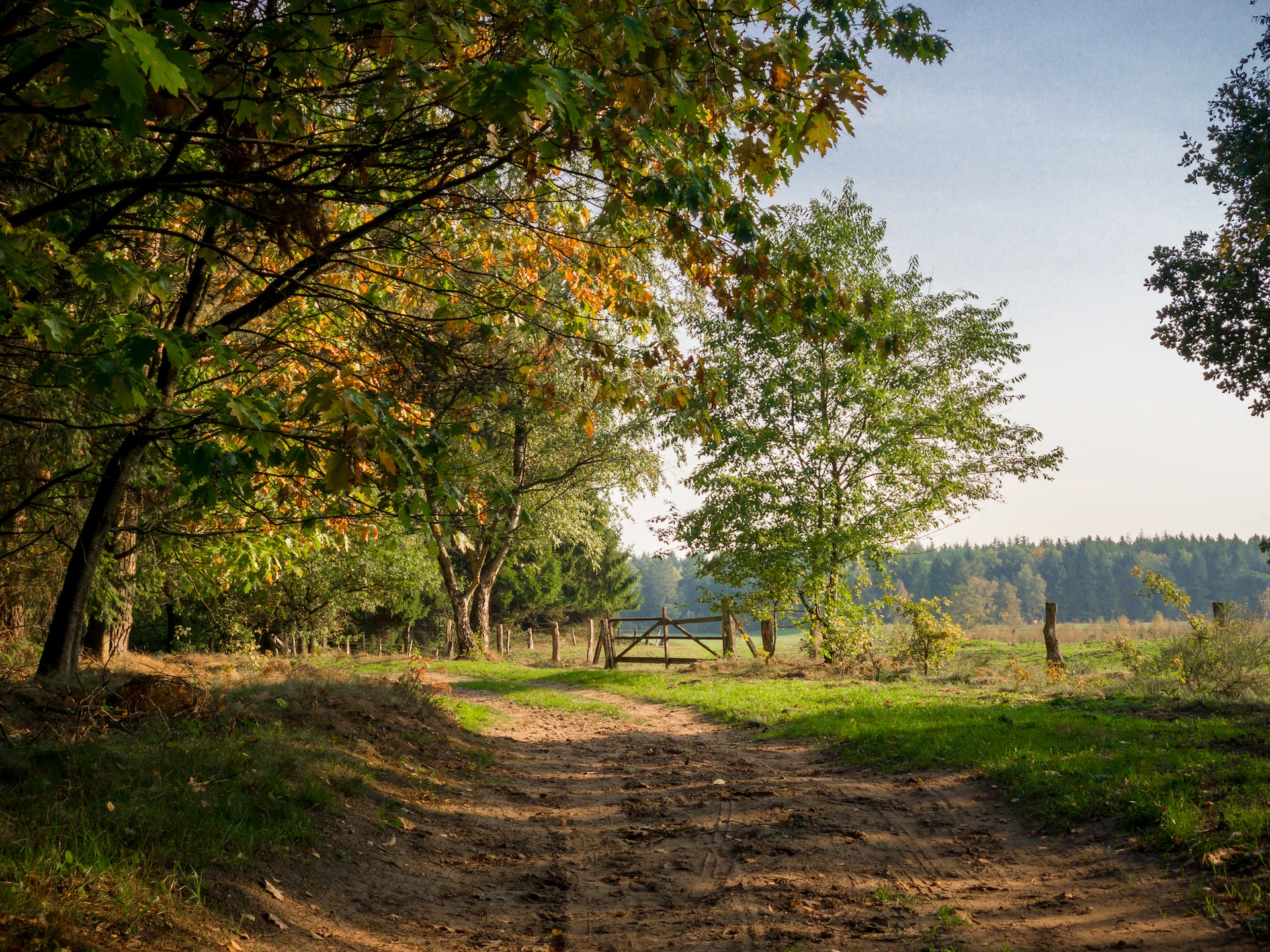

Question: What Three Things Determine the Value of Land?
Answer: The value of land is mainly determined by three things: its location, size, and potential for use or development. Factors like zoning regulations, access to utilities, and market demand also play significant roles.
What Three Things Determine the Value of Land? Introduction to Land Valuation
Land valuation is a critical aspect of the real estate industry. It provides a foundation for various transactions, from buying and selling properties to determining property taxes. While several factors can influence the value of a piece of land, three primary determinants stand out. Let’s delve into these three crucial elements that shape the worth of a parcel of land.
Location: The Prime Determinant
It’s often said in real estate that the three most important factors are "location, location, location." The location of a piece of land is undeniably its most significant determinant of value. [ 1 ]
Urban vs. Rural Divide
Land situated in urban areas, especially in bustling city centers, tends to have a higher value than land in rural settings. The amenities, infrastructure, and potential for commercial or residential development in cities drive up the demand and, consequently, the price.
Proximity to Amenities
Even within urban settings, the value can vary based on proximity to essential amenities. Land close to schools, hospitals, shopping centers, and public transport hubs usually fetches a higher price than plots further away.
Click here see how to check market value of a Caledon home
Related Article: What is Value in Use for Land?
Related Article: What is the Importance of Land Value in Real Estate Evaluation?
Size and Usability: The Physical Attributes
The physical characteristics of the land, including its size and usability, play a pivotal role in determining its value.
Total Area Matters
Larger plots of land typically have a higher overall value. However, it’s essential to note that the value per square foot can decrease as the size increases, especially if the land becomes harder to develop or manage due to its vastness.
Terrain and Topography
The usability of the land is often influenced by its terrain. Flat lands, for instance, are easier to develop and are thus more valuable than hilly or rocky terrains. The soil quality can also impact its value, especially for agricultural purposes.
Potential for Development: The Future Prospects
The potential for future development significantly impacts land value. This potential is often shaped by zoning laws, environmental factors, and market trends.
Zoning Regulations
Local zoning regulations dictate how a piece of land can be used. Land zoned for commercial use or high-density residential development usually has a higher value than land zoned for agricultural or low-density residential use.
Environmental Considerations
Land that is free from environmental concerns, such as flood risks or contamination, is more valuable. Additionally, scenic views, water bodies, or proximity to parks can enhance the land’s appeal and value.
Market Trends
The real estate market’s current and anticipated trends can influence land value. For instance, if there’s a surge in demand for commercial spaces in an area, the land’s value in that region might see an uptick.
The Role of External Factors
External factors, often beyond the control of individual landowners, can also sway land value.
Economic Climate
The broader economic environment impacts real estate demand and supply. A booming economy can lead to increased demand for land, pushing up its value, while economic downturns can have the opposite effect.
Infrastructure Developments
Upcoming infrastructure projects, such as highways, airports, or public transport expansions, can boost the value of nearby land.
The Valuation Process: How It All Comes Together
To arrive at an accurate land value, professionals often employ a combination of methods, taking into account the factors mentioned above.
Comparative Analysis
This method involves comparing the land in question with similar recently sold properties in the vicinity. Adjustments are made for differences in size, location, and other attributes.
Future Use Analysis
This method projects the land’s future income potential, especially relevant for commercial or rental properties.
Click here for additional info on Jennifer Jewell
Conclusion: The Interplay of Multiple Factors
While location, size, and development potential stand out as the three primary determinants of land value, it’s evident that a myriad of other factors also come into play. Understanding these elements is crucial for anyone involved in real estate, be it buyers, sellers, developers, or investors. As the real estate landscape continues to evolve, staying informed about these determinants will be key to making sound land valuation and investment decisions.
References
1. https://pickensassessor.org/wp-content/uploads/sites/26/2018/07/Appraisal-Process.pdf


